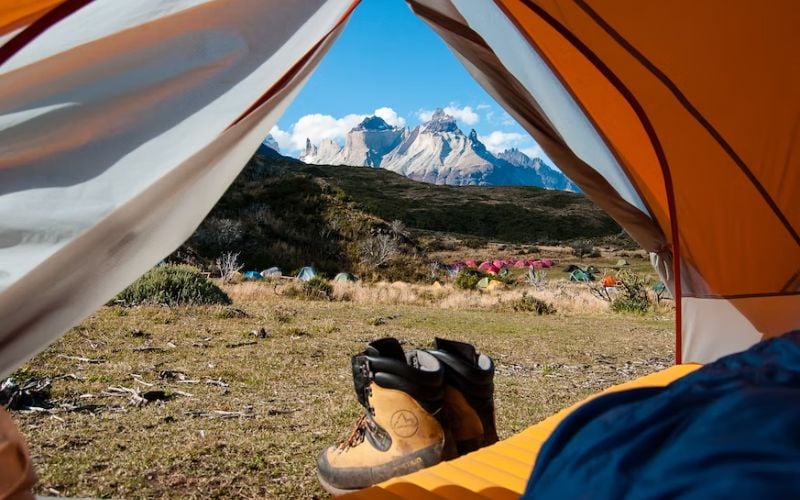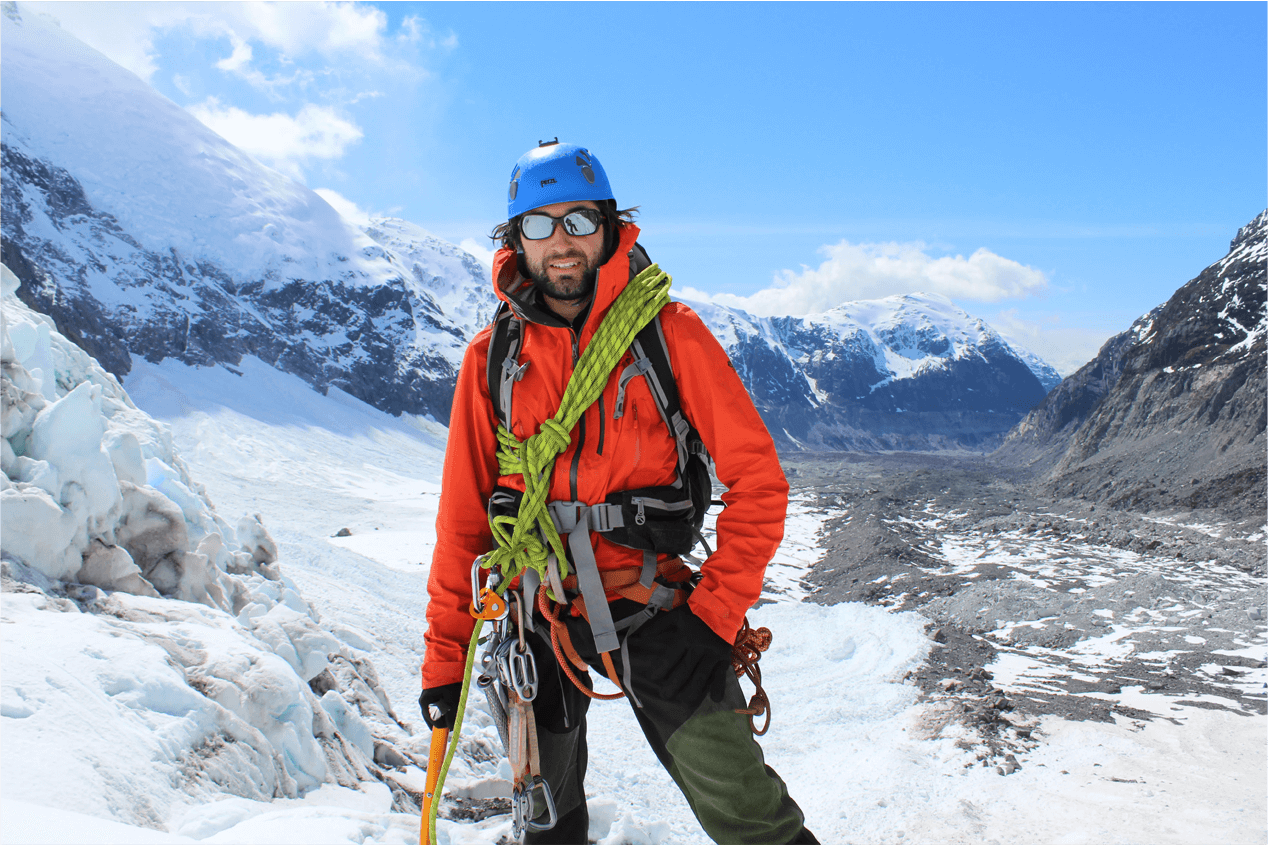There are many ways to take care of the planet and reduce the carbon footprint that is left every day. Normally, responsible water consumption, proper management of electrical sources, recycling, among many other things, are usually taken into account. However, when it comes to travel, the information is often not clear enough on how to carry out remote expeditions in a sustainable way.
Generally, shorter the distance traveled, less negative impact is generated on ecosystems. However, if you are thinking of traveling long distances, there are a series of tips or recommendations that can be very useful for the preservation of the environment.
On the other hand, it is common for many people to believe that sustainable tourism is just a way of traveling consciously. However, the term also encompasses the reduction of the negative impacts of tourism, to maximize its benefits for communities, cultures, ecosystems and the planet.
We invite you to read: The defense of the earth
How to do sustainable tourism?
Below, we share some strategies so that you can enjoy the wonderful benefits of sustainable tourism on your next adventure.
– Explore different destinations: It is not unusual for people to visit the same places over and over again. However, there are other destinations, communities and territories that can be highly benefited both by tourism and by social and cultural support. Therefore, we invite you to explore destinations that are out of the ordinary.
– Use efficient transportation options: Approximately 8% of the world’s carbon emissions are caused by travel. Therefore, once your plane lands, it is advisable to look for alternatives that do not generate so much damage to the environment, such as public transport, trains and bicycles.
– Take care of local resources: once you arrive at your destination, remember to take into account resources such as water, heating, lighting and electricity. Implement responsible practices, do not waste any assets and avoid excessive use of them.
– Support local communities: Once you arrive at your destination, take a look at local customs, rules and practices. It is important to respect the places that are visited and the way the specific culture takes care of its people and its territory.
– Avoid single-use plastics: Approximately 8 million metric tons of plastic ends up in our oceans each year. Therefore, it is important to have responsible practices in relation to this material. On your expedition, look for alternatives that can replace single-use plastics and above all avoid littering.
– Visit parks or protected areas: Approaching protected areas and parks that help preserve the environment is an effective way to contribute to sustainability. These places generally take care of essential flora and fauna species for each region, so supporting them is the best way to offset the carbon footprint.
Once you are clear about the destination you want to go to and the type of activity you are going to do, it is good to take into account the following points:
– Look for eco-friendly accommodation or a hotel that offers sustainable options, with the goal of greener, more conscious practices, even while you’re resting. There are pages like Book Different that calculate the carbon footprint generated per night, depending on the chosen location.
– Consider hiring or finding travel agents who opt for sustainable excursions.
– Look for local experiences. There are many family houses, local guides and programs that give back culturally and economically to the communities that need it most.
It may interest you: What is Greenwashing and how to recognize it?
As you can see, choosing sustainable tourism is a responsible and very beneficial decision. For this reason, we invite you to look for alternatives in favor of the environment and the communities that inhabit it on your next adventure tourism trip in Chile.
At Tolhuin Expeditions we understand the impact that expeditions generate, therefore, we seek to contribute to protect the natural heritage and the environment through trips to the mountains, hiking activities in the Andes and hiking in the Atacama, oriented to the knowledge and care of the ecosystems.












